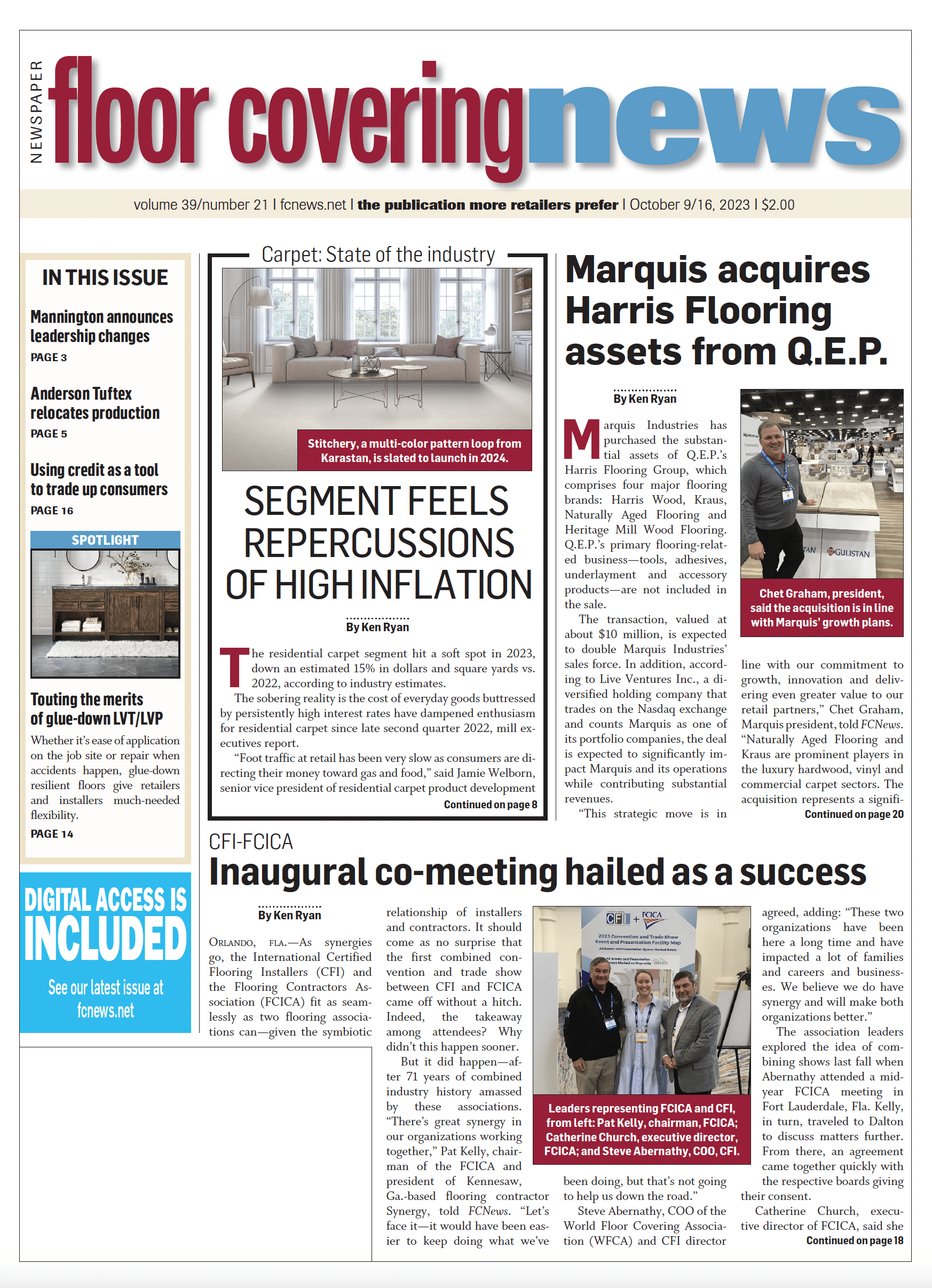 How do you define your most loyal customers? How do you define your most high-value customers? Are they different or the same?
How do you define your most loyal customers? How do you define your most high-value customers? Are they different or the same?
I posed this question about five or 10 years ago in this space, and probably the same chain of events was the impetus to ask the question—that being one of the major airlines changing the parameters of their loyalty program.
The airlines were among those industries at the forefront of loyalty programs. They are referred to as “frequent flyer programs” and were designed to reward their passengers, foster traveler loyalty and support retention. The initial idea was simple and straightforward: The more people fly, the more points or miles they earn, the more perks they received. Those who flew the most miles were considered the most loyal customers. Loyal equaled high value. Customers would stay loyal to one airline to accrue the most miles or points that could be redeemed for free tickets.
But a funny thing happened on the way to the airport. Loyalty—all of a sudden—did not necessarily mean high value. Today, most frequent flyer programs are not designed to reward frequent fliers; rather, almost all are revenue-based, meaning that points are accrued according to the flyer’s actual spend—not only with the airline but through partner programs. The frequent flyer is de-prioritized in favor of the most profit-generating fliers—those who spend the most with the airlines’ partner networks or through the airlines’ co-sponsored credit cards, where they receive a percentage of what you spend.
So here is where I ask you specifically, who do you value most: the customer who comes into your store one or twice a year, maybe 10 to 15 visits over a 10-year period, but may only buy an area rug, do a small mud room or entry way, or small bedroom each time? Or do you value the satisfied customer who you will never see again in your life but recommends and drives business to your store to five or six of her friends?
Here’s the parallel: Delta recently announced changes to its Medallion program whereby someone who never sets foot on an airplane is now a more valued customer than someone who may travel on the airline every other week. Because of massively increased spending requirements, budget travelers will have a hard time earning elite status next year. Basically, Delta determined that the problem with its elite status program was that it wasn’t “elite enough” for them. So it kicked all the medium rollers out of its club.
If you were wondering whether this change comes as a cost-cutting measure made by a financially beleaguered airline, the short answer is: nope. Delta earned a record $2.5 billion in profits last quarter, according to its most recent earnings report.
Delta billed these changes as a net positive for travelers, claiming they were “simpler and more rewarding.” Simpler, yes, because the old formula of miles or segments plus dollars to earn status has been scrapped, leaving dollars (amount spent) as the sole qualifying criterion. “More rewarding” is a stretch unless Delta is referring to itself as the beneficiary of these rewards. It’s like saying that $5 gas is good for consumers’ finances, and by “consumers” you mean “oil executives.”
Delta has shifted the way Medallion Qualification Dollars can be earned, so you can now get them if you book car rentals and hotels along with your flight. The only problem with this approach is you shouldn’t book travel that way. You can save money by booking things separately. Of course, the goal is if you want to earn elite status, take out a Delta co-branded credit card and make purchases. Thus, as I mentioned earlier, you can spend $100,000 on the card, never fly Delta, and still be more valued in terms of status than the frequent flyer.
These partnership programs are how airlines are making money these days. Airlines earn a lot more through their own made-up currency use than through ticket sales. Credit cards and partner programs are more profitable for airlines than actually carrying passengers.
So that brings me back to my initial question: Who is your most loyal customer, and who is your most valued? Same or different?

